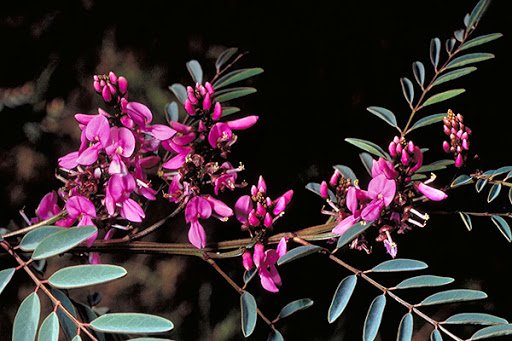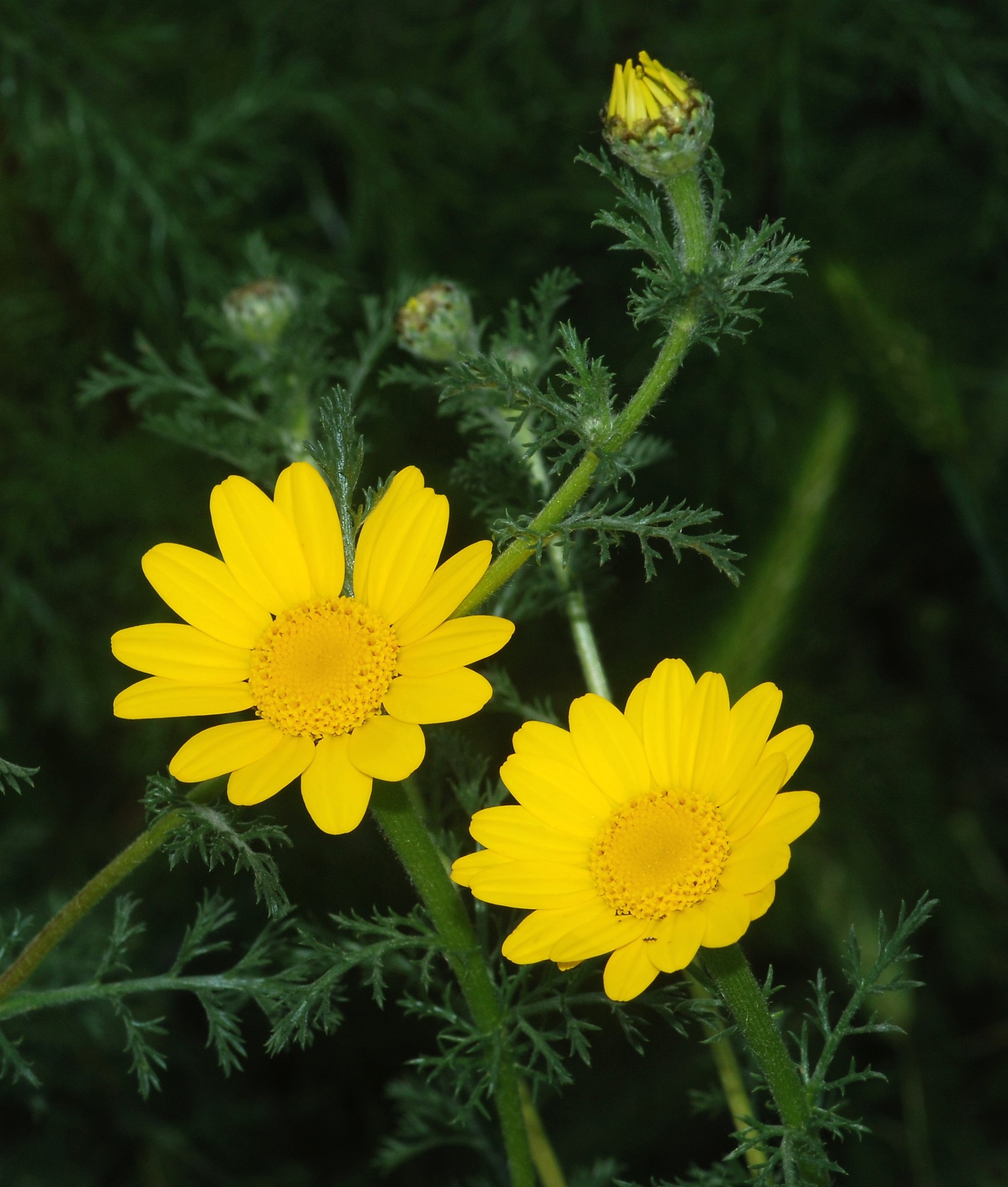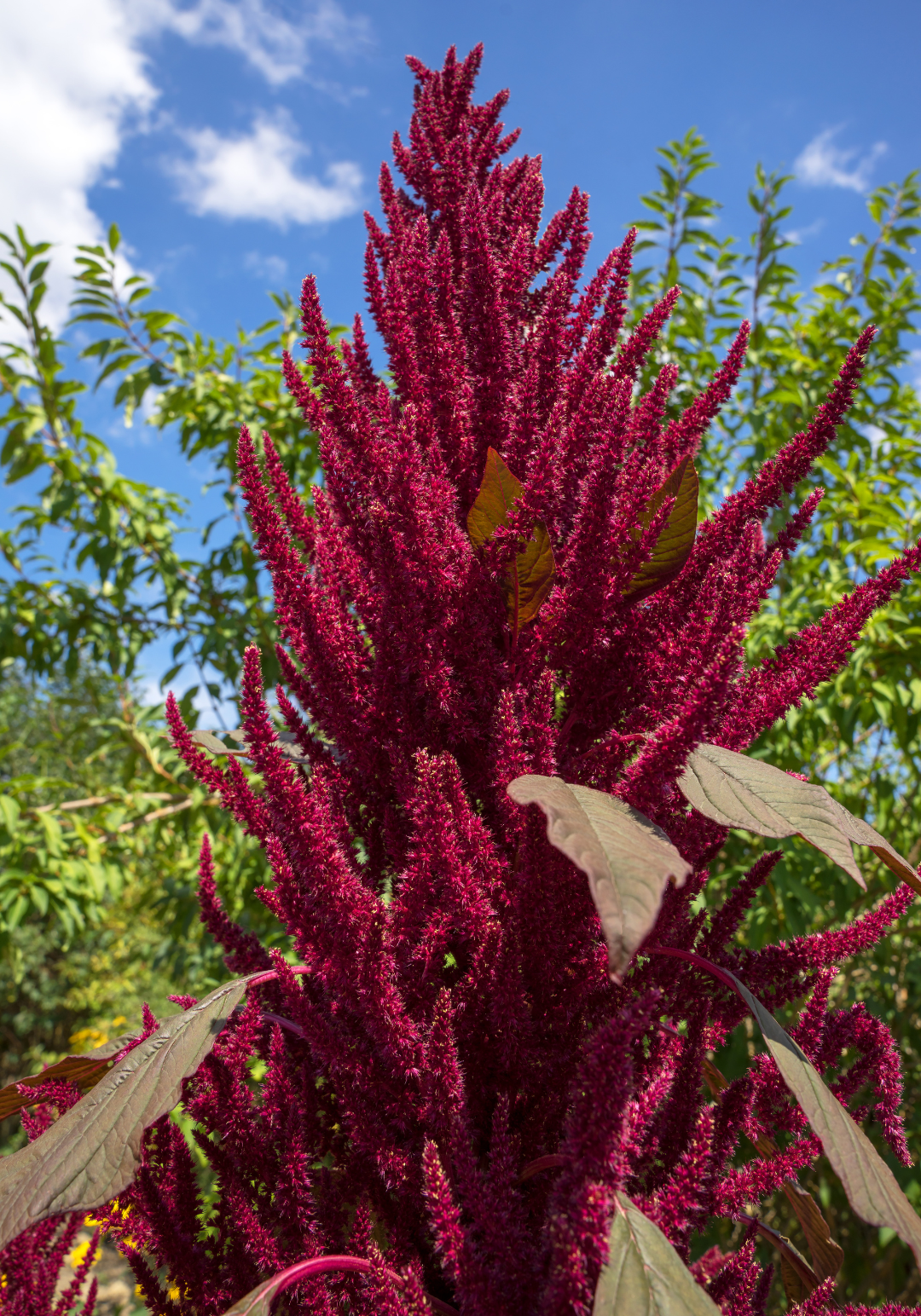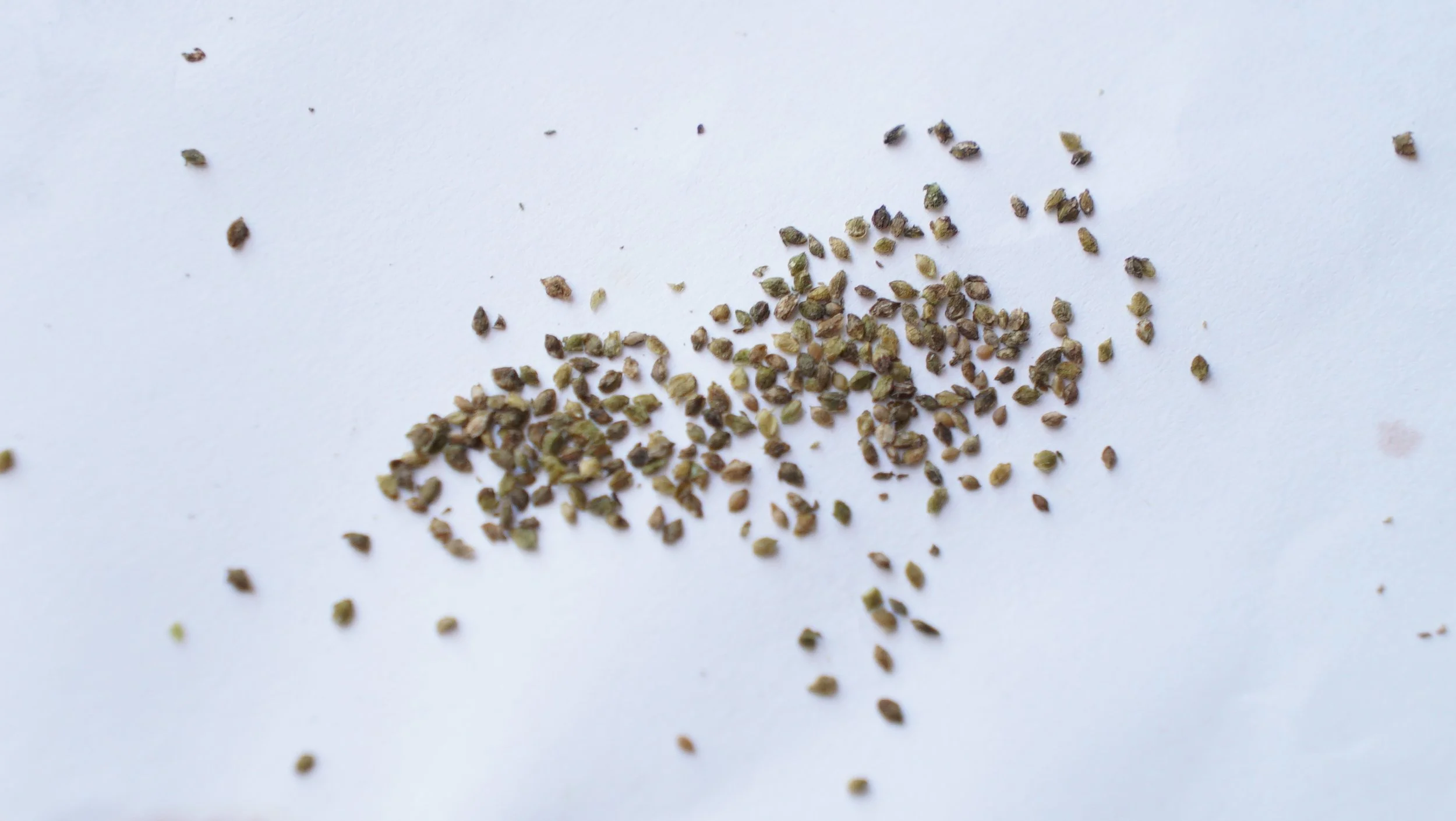 Image 1 of 1
Image 1 of 1


Woad Seeds
‘Isatis tinctoria’
Open Pollinated, Organically Grown, Hand Sifted, and Sorted with Love
Description: Woad is a biennial plant with bright green leaves and clusters of small yellow flowers. It is primarily cultivated for its blue dye, which is extracted from the leaves.
Propagation: Woad can be propagated from seeds sown directly into the ground in spring or autumn.
Uses: Woad is historically significant for its use as a natural blue dye in textiles. It also has traditional medicinal uses, including as an astringent and for its purported anti-inflammatory properties.
Growing Conditions:
Season: Best sown in spring or autumn.
Difficulty: Easy
Germination: 7-14 days @ 18-22°C
Spacing: 30-45cm
Height: Up to 1 meter
Position: Full sun to partial shade
Soil: Well-draining soil, pH 6.0-7.0
Watering: Regular watering to keep the soil evenly moist
Maintenance: Woad requires minimal maintenance once established. Remove any weeds that compete for nutrients and water.
Harvesting: Leaves can be harvested when they are fully mature, typically in the second year of growth. They are then processed to extract the blue dye.
Pests and Diseases: Woad is relatively resistant to pests and diseases, but it may be susceptible to aphids and flea beetles.
Companion Planting: Woad can attract beneficial insects such as bees and butterflies to the garden.
Caution: Woad leaves and roots contain compounds that can cause skin irritation in some individuals. Use caution when handling the plant.
‘Isatis tinctoria’
Open Pollinated, Organically Grown, Hand Sifted, and Sorted with Love
Description: Woad is a biennial plant with bright green leaves and clusters of small yellow flowers. It is primarily cultivated for its blue dye, which is extracted from the leaves.
Propagation: Woad can be propagated from seeds sown directly into the ground in spring or autumn.
Uses: Woad is historically significant for its use as a natural blue dye in textiles. It also has traditional medicinal uses, including as an astringent and for its purported anti-inflammatory properties.
Growing Conditions:
Season: Best sown in spring or autumn.
Difficulty: Easy
Germination: 7-14 days @ 18-22°C
Spacing: 30-45cm
Height: Up to 1 meter
Position: Full sun to partial shade
Soil: Well-draining soil, pH 6.0-7.0
Watering: Regular watering to keep the soil evenly moist
Maintenance: Woad requires minimal maintenance once established. Remove any weeds that compete for nutrients and water.
Harvesting: Leaves can be harvested when they are fully mature, typically in the second year of growth. They are then processed to extract the blue dye.
Pests and Diseases: Woad is relatively resistant to pests and diseases, but it may be susceptible to aphids and flea beetles.
Companion Planting: Woad can attract beneficial insects such as bees and butterflies to the garden.
Caution: Woad leaves and roots contain compounds that can cause skin irritation in some individuals. Use caution when handling the plant.











